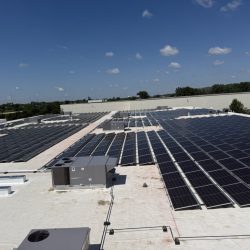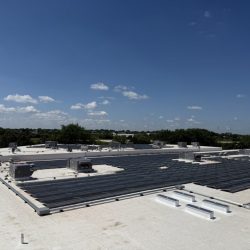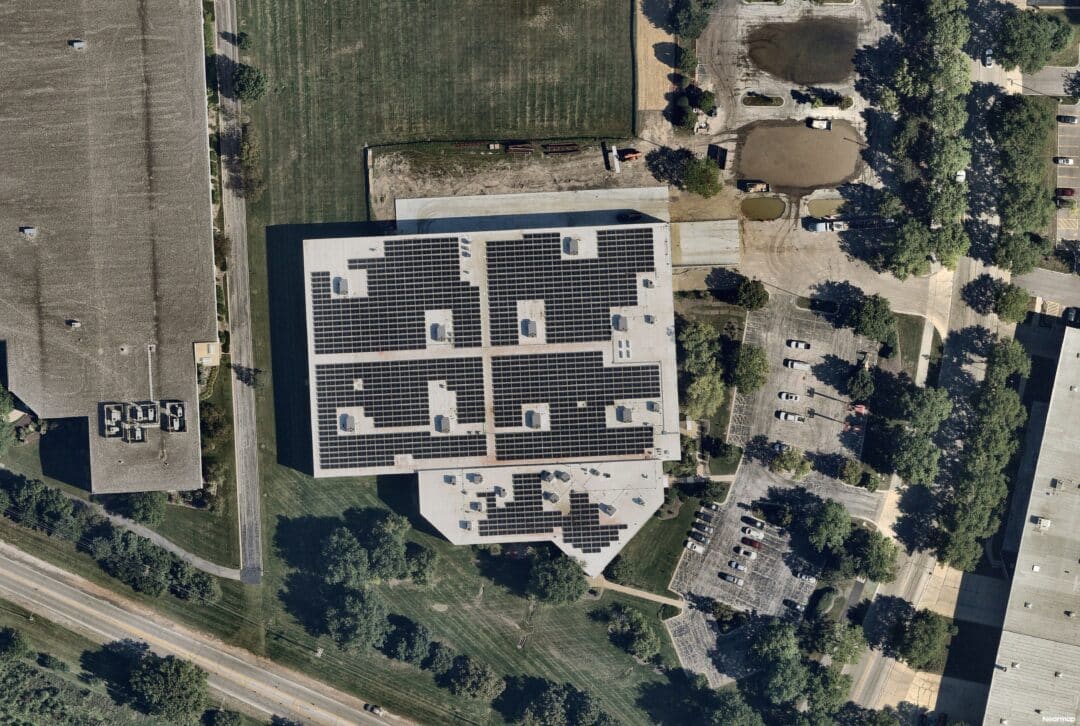In 2025, General Energy Corporation successfully completed a rooftop solar photovoltaic (PV) installation for an industrial customer in Illinois. This project highlights our commitment to delivering sustainable energy solutions tailored to meet the specific needs of industrial facility. Our client aimed to enhance energy efficiency and reduce operational costs through renewable energy solutions. The rooftop solar system was meticulously designed to optimize energy generation while seamlessly integrating with their existing operations. Unlike many solar projects, the client opted to finance this installation through cash investment rather than a Power Purchase Agreement (PPA). This approach allowed them to capitalize on immediate tax incentives and achieve long-term energy cost savings without ongoing payments to a third-party financier.
Rooftop Solar PV System Details:
- System Size and Type: 700 kW Ballasted Rooftop Solar PV System.
- Annual Electricity Generation: The system is expected to produce 807,401 kWh of clean energy annually.
- Annual Environmental Impact: The installation is projected to reduce the company’s carbon footprint by 542 tons annually, equivalent to the CO2 emissions from consuming 61,039 gallons of gasoline.
- Role: Developer and Engineering, Procurement, and Construction (EPC) Contractor
- Reduction in Grid Dependence: The solar system now generates 90% of the facility’s energy needs.
Project Background & Objectives:
- Lower operational energy costs.
- Reduce reliance on grid electricity through on-site generation.
- Ensure long-term financial savings with a strong return on investment.
Incentives & Tax Benefits:
The customer funded the project through a CapEx model, enabling the company to fully own the system and maximize financial benefits, including:
- Federal Investment Tax Credit (ITC).
- Accelerated Depreciation (MACRS tax benefits).
- Distributed Generation Rebate.
- Solar Renewable Energy Credits (SRECs).
This comprehensive approach not only aligns with the client’s sustainability goals but also positions them strategically to benefit from both environmental stewardship and economic advantages in the years to come.






